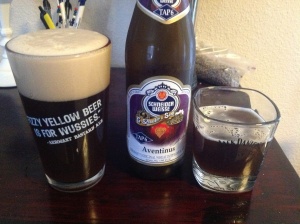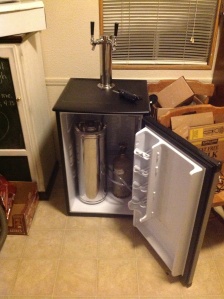I had a discussion with my brother-in-law today about bad beer names. While I certainly understand the merits of a good product name and its effect on sales, I do not think that craft beer follows the same pattern as most other consumer goods. Call it hipster if you want, but the craft beer movement’s exponential growth has been particularly counter-cultural. I’ve certainly seen my share of delicious beers with ironic or silly names. I am of the belief that, while name is important, its ultimately secondary to the quality of the beer. Obviously, I don’t want an offensive or unappetizing name, but if I can be convinced to try a beer, then the name doesn’t change the experience.
My brother-in-law, for the most part does not agree. For example, while we both believe that Clown Shoes is the worst name we’ve ever heard for a brewery, I am not opposed to trying their beer, while he is vocally against it. In fact, I tried their Vampire Slayer Imperial Stout (which is a ridiculous, but somewhat clever name for a smoked stout) and absolutely loved it. However, unless I buy him a bottle, he’ll never know whether it truly is enjoyable or not.
Because I am stubborn and love to stir the pot, I took this as a sign that I need to start using some bad names for some of my better beer. Call it a social experiment. I also have decided to start building a list of the world’s worst beer names. Pretty much any beer Clown Shoes makes deserves a spot on this list. Leave a comment if you’ve seen a beer name worthy of the list, or have an original idea for a bad beer name! Also, let me know if you’ve come across any good beer with a bad name.

